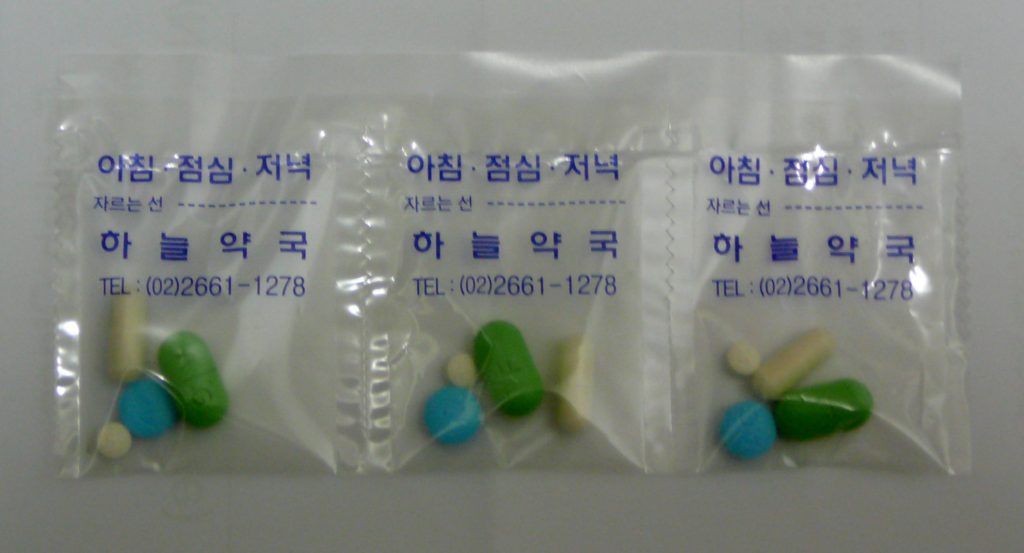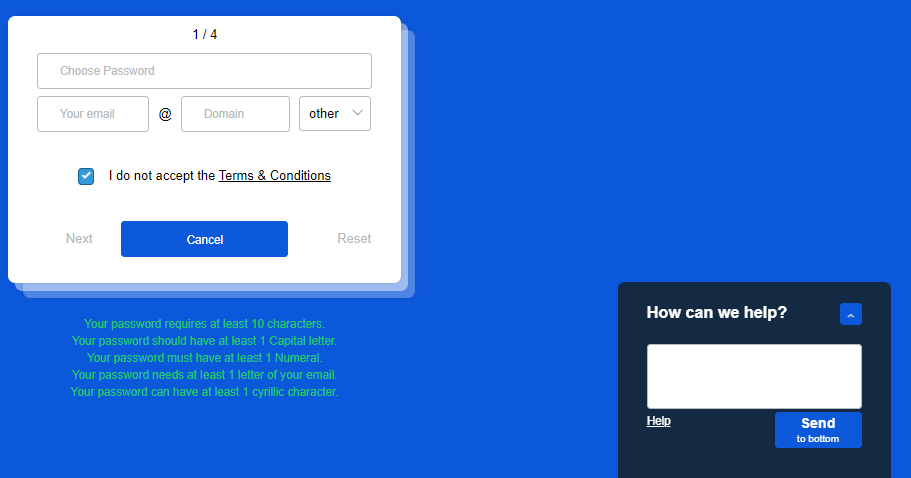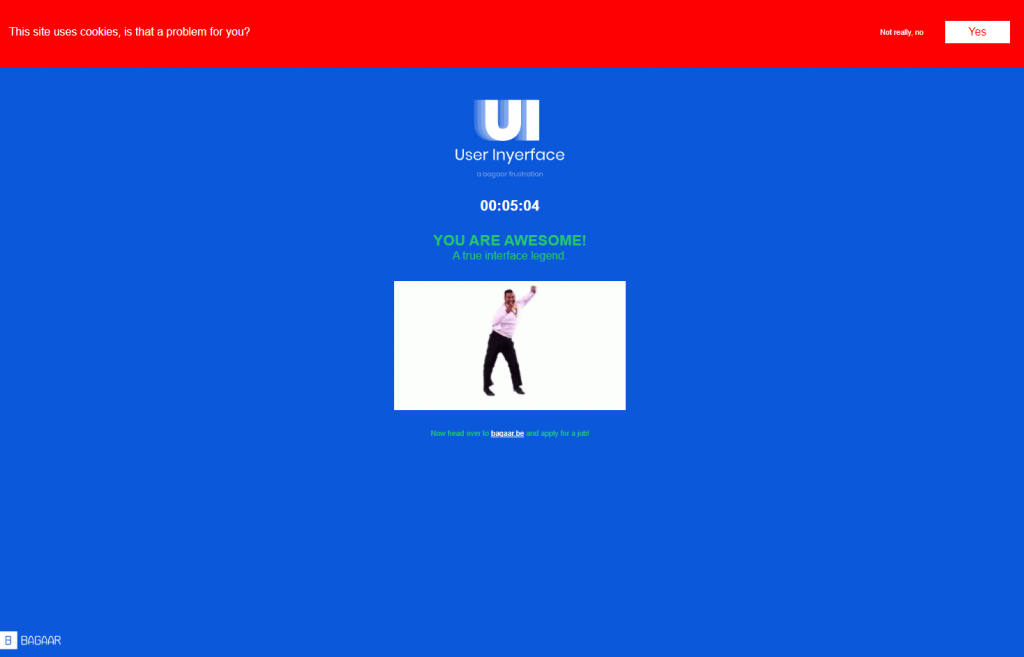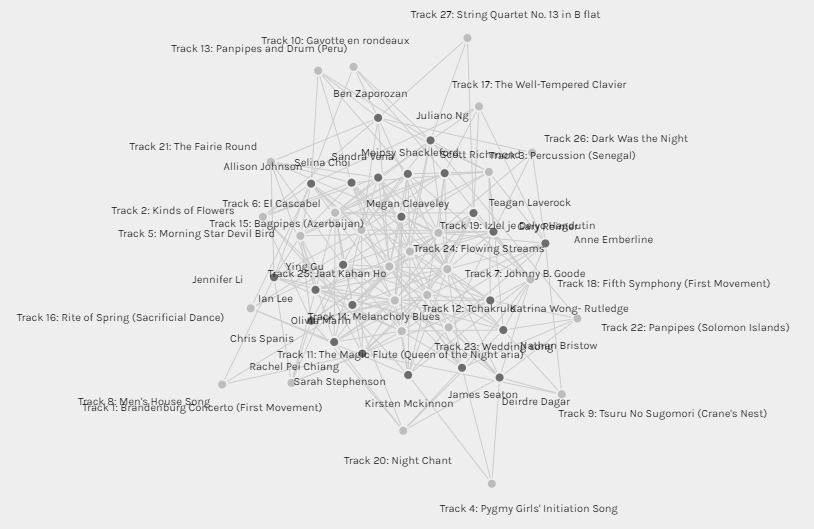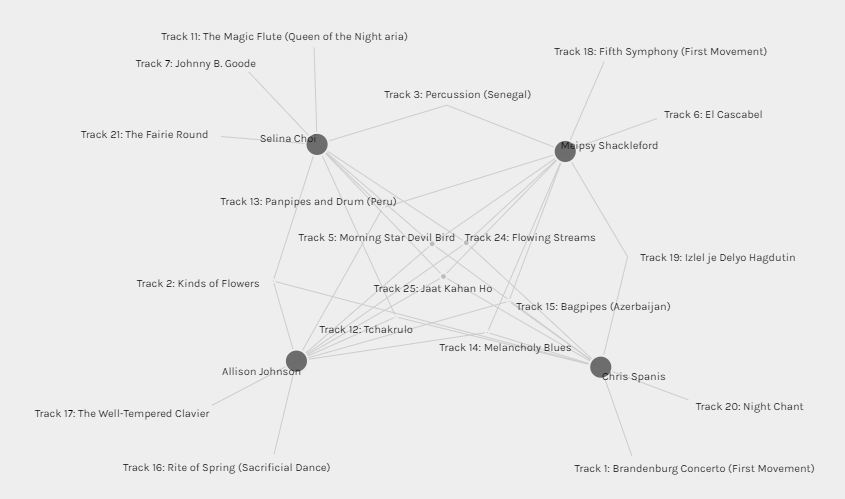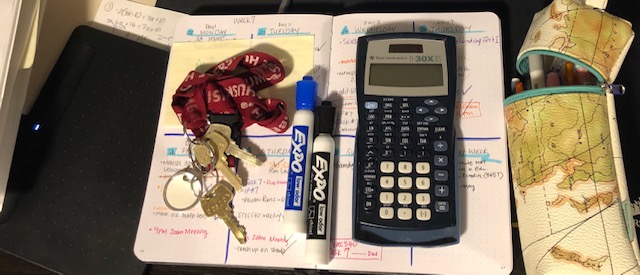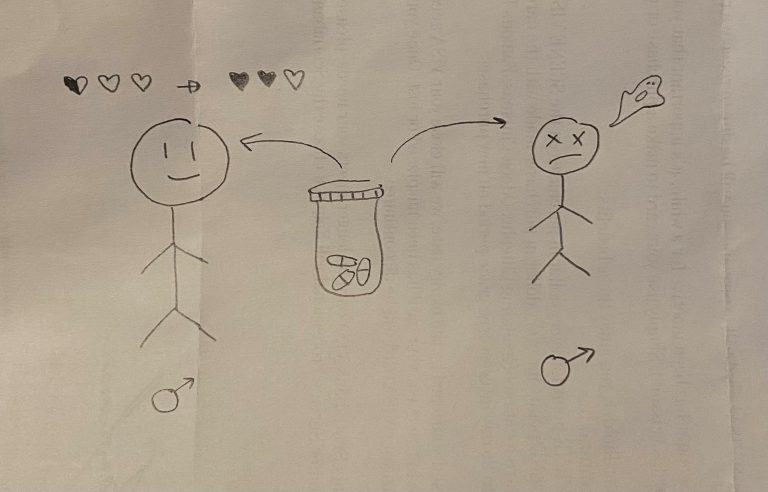Narrative 1:
How Crypto Forests came to be:
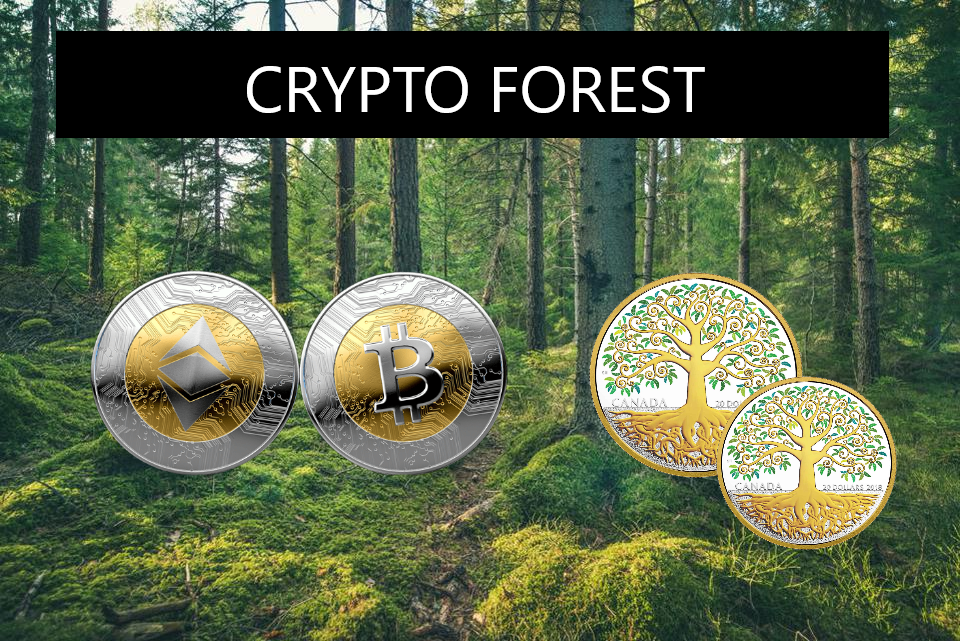
30 years ago there was an outcry about how CrytoArt (also known as NFTs – Non-Fungible Tokens) had an unreasonable ecological cost. Back in 2020, CryptoArt – which used blockchains to track sales and bids of (mostly digital) artworks was booming. Many people were unaware of how ridiculously energy consuming and ecologically destructive some blockchain based activities were. Back then these transactions were done through Ethereum (aka ETH, similar to Bitcoin) which were found to have an estimated average footprint of 35kWh from a single transaction – which at the time was equivalent to an average EU resident’s 4 days worth of electricity consumption.
And this was just for a single ETH transaction. A single mouse click set off a chain reaction and signaled to mining farms around the world, which go on to have a footprint of 35 kWh (with emissions ~ 20 KgCO2) for that single mouse click, due to the underlying Proof of Work algorithm. For comparison: an average email was estimated to have a footprint of a few grams of CO2, and watching one hour of Netflix was estimated at around 36 grams CO2 emissions. An ETH transaction was thousands of times more costly than other internet activities that individuals typically engaged in. This caused a large uproar among many artists, NFT collectors, and environmentalists.
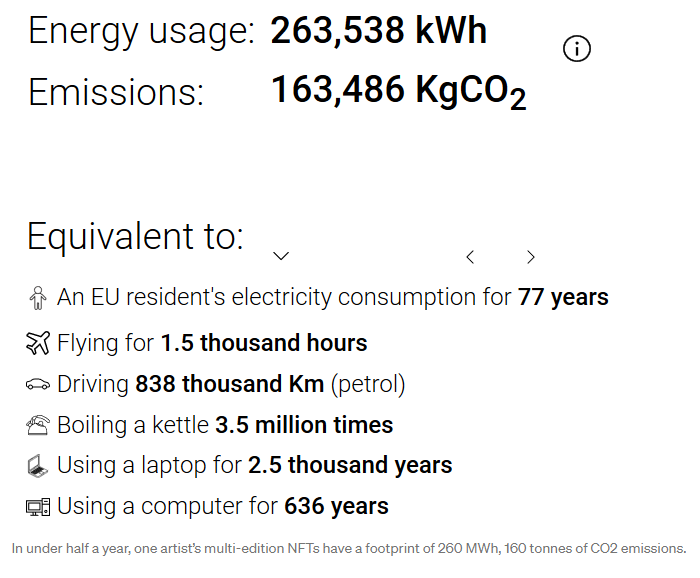
Figure 1: Data from 2020 comparing the energy use and emissions of NFTs.
Now instead of using Ethereum which required so much electricity and was ecologically damaging, the energy created from Crypto Forests are being used to perform these transactions. Previously, there were empty spaces of just buildings filled with servers being powered by a ton of electricity. However, now there has been a shift into using Crypto Forests for minting, bidding, sales, and transferring of CrytoArt and other NFTs. Not only that but the CO2 that was previously produced from ETH use is being cycled through the Crypto Forests to filter the air. Artists, Crypto Art collectors and environmentalists alike are excited with this new development and how ecological this process has become. This will cause a big shift in how other cryptocurrencies will be handled.
Narrative 2
EDIT: I got a demerit point for making this diary blog entry. I’ll be deleting it soon.
Year 2060
In class today, I learned that surveillance cameras with facial recognition weren’t always used! How would the Global Security Camera Network (GSCN) protect all of us if that type of thing wasn’t so common place? You wouldn’t even be permitted into the school building without it now. Teachers have those cameras attached to their glasses/contacts and they can track our student records easily just from looking at our faces. To think that this used to be so uncommon is so bizarre. I’ll have to ask mom about what it was like for her when I get back home.
…..
So I talked about what I learned in school with my mom. She said that there was a lot of backlash from the public about facial recognition cameras being used everywhere when she was younger. And it was because there were concerns about people’s privacy being breached. You would be tracked wherever you went and what you did there. However, it’s been proven to lower school shootings and any other types of violence that were prominent at the time. I don’t get why people would be so upset about that? Didn’t everyone have mobile telecommunication devices back then which also tracked where they went and listened to their conversations? I guess if it’s something new many people would be against it? I’m not sure what it would be like if the GSCN wasn’t a thing.
According to my mom, there wasn’t a merit point system when she was in school. Now all schools have a merit point system where students are assigned points based on their grades, clubs, and other school activities. This is all tracked through the GSCN system. Universities also look at this when deciding which students they would like to admit into their programs. I’ve been working extra hard to make sure I don’t get any demerit points since I’ll be applying to universities next year. I can’t afford to make any mistakes.
After my conversations with my mom about this, I was laying in bed and thinking about the GSCN and why it was mandated and how it’s being used today. I think it does keep us safe, but at what cost? Do we all limit our actions and our thinking knowing that we are constantly being monitored? Is it something I don’t need to worry about knowing that I haven’t done anything “wrong” in the eyes of the GSCN? Or am I just so used to a life being monitored since I lived my whole life with the GSCN?
-WhiteRabbit1004
Reflection:
According to Dunne and Raby (2013), we don’t want to try to predict the future, but use design to open up discussions and debates to see what the preferred future is for a group of people — which was what I thought of when doing my first narrative. For my second narrative I wanted to look at what could be possible with facial recognition becoming more widespread and how that can be used in educational institutions.
My first scenario idea came from hearing about NFTs/CryptoArt from my artist friends and how much it actually affects the environment. I think so many people don’t even realize that using the Internet does create emissions. However, with NFT transactions I didn’t realize just how big of an impact they were making in comparison (Figure 1). I personally did not know much about cryptocurrencies (I still don’t know much) but I still wanted to go down this route as it was new information I just learned about. I wanted to think about how this issue can be solved by incorporating plants to recycle the air and lessen the emissions. I felt like a Cryto Forest was possible because scientists have created “Hybrid trees” made of natural and artificial leaves which can act as “green” electrical generators converting wind into electricity (IIT, 2018). There are people currently trying to come up with solutions to this NFT emissions issue and I felt that using forests would be an interesting way to mix technology with nature.
For my second narrative I focused more on an exaggerated future based on what is currently happening. More facial recognition is being used to track people. How might that look like for students and education? I felt like my second narrative sounded a bit dystopian. It’s based off an article I read a while back about how there was a school using facial recognition to monitor who goes in and out of the building (Heilweil, 2019). It was mainly for security reasons. I wanted to extend that to not only that but also how it can be linked to creating a digital profile of each individual person and follow them throughout their life and how normalized it can become. It’s not too far off with what’s happening now and how things are developing in some places.
Reference:
Dunne, A., & Raby, F. (2013). Speculative Everything: Design, Fiction, and Social Dreaming. Cambridge: The MIT Press.
Heilweil, R. (2019, December 20). Schools are using facial recognition to try to stop shootings. here’s why they should think twice. Retrieved April 03, 2021, from https://www.vox.com/recode/2019/12/20/21028124/schools-facial-recognition-mass-shootings#:~:text=Facial%20recognition%20technology%20compares%20images,admitting%20someone%20into%20an%20area.
Istituto Italiano di Tecnologia – IIT. (2018, December 12). How plants can generate electricity to power LED light bulbs. ScienceDaily. Retrieved April 3, 2021 from www.sciencedaily.com/releases/2018/12/181212093308.htm

